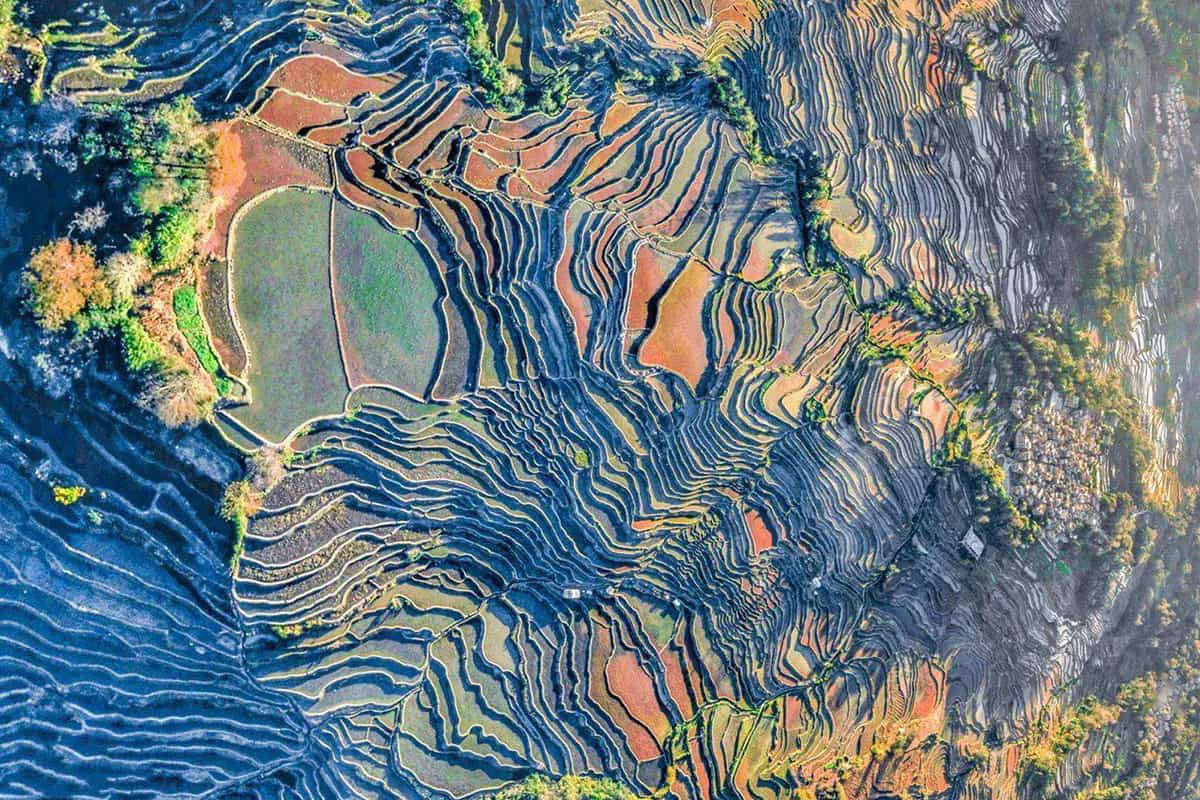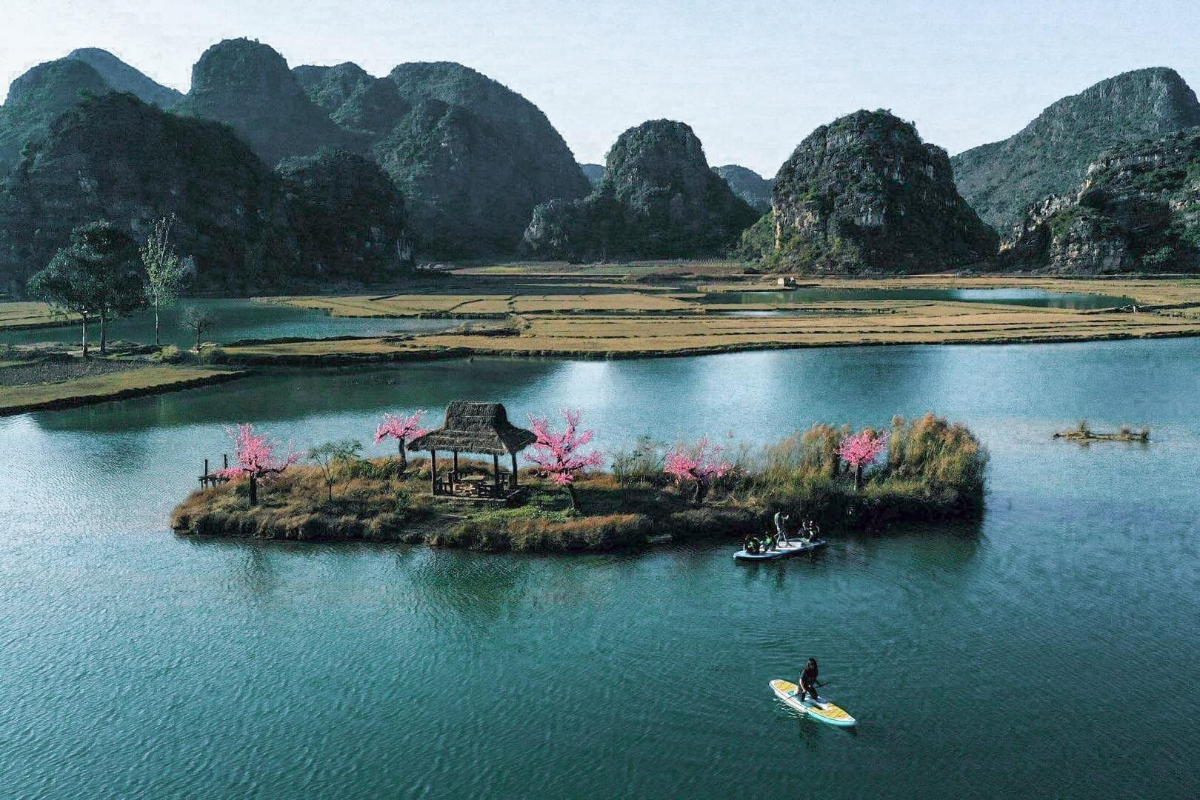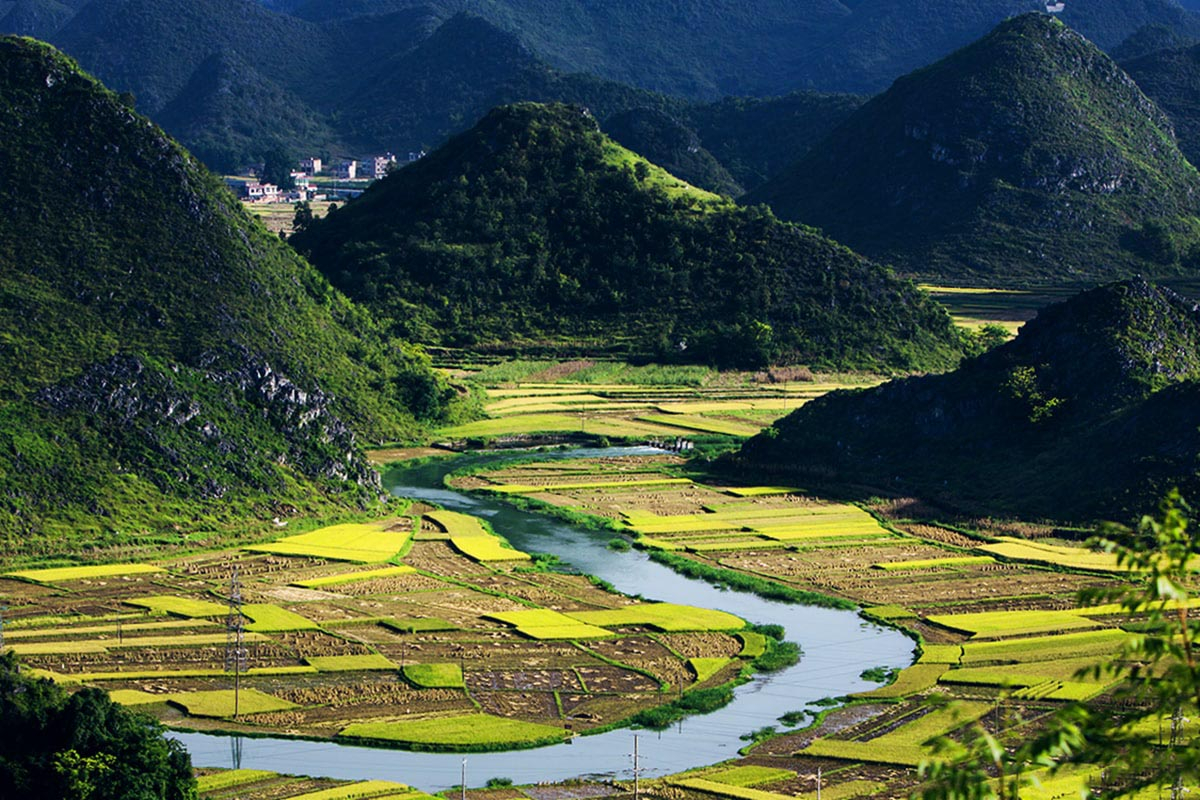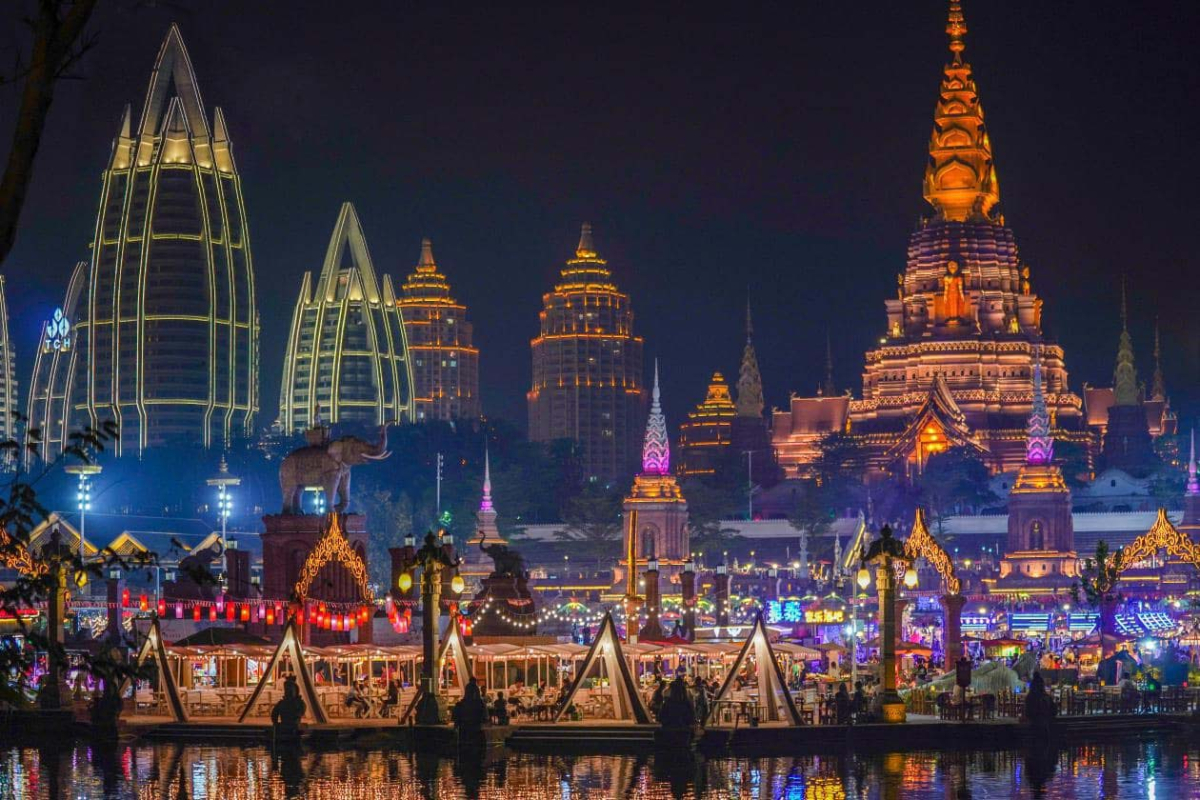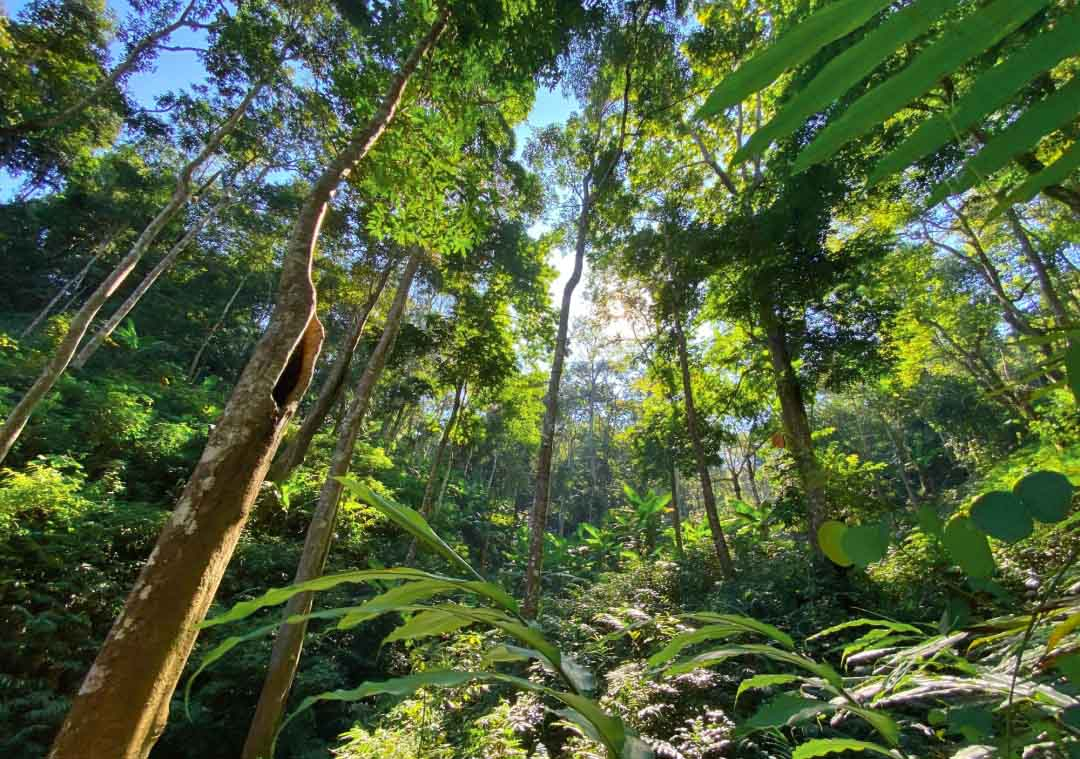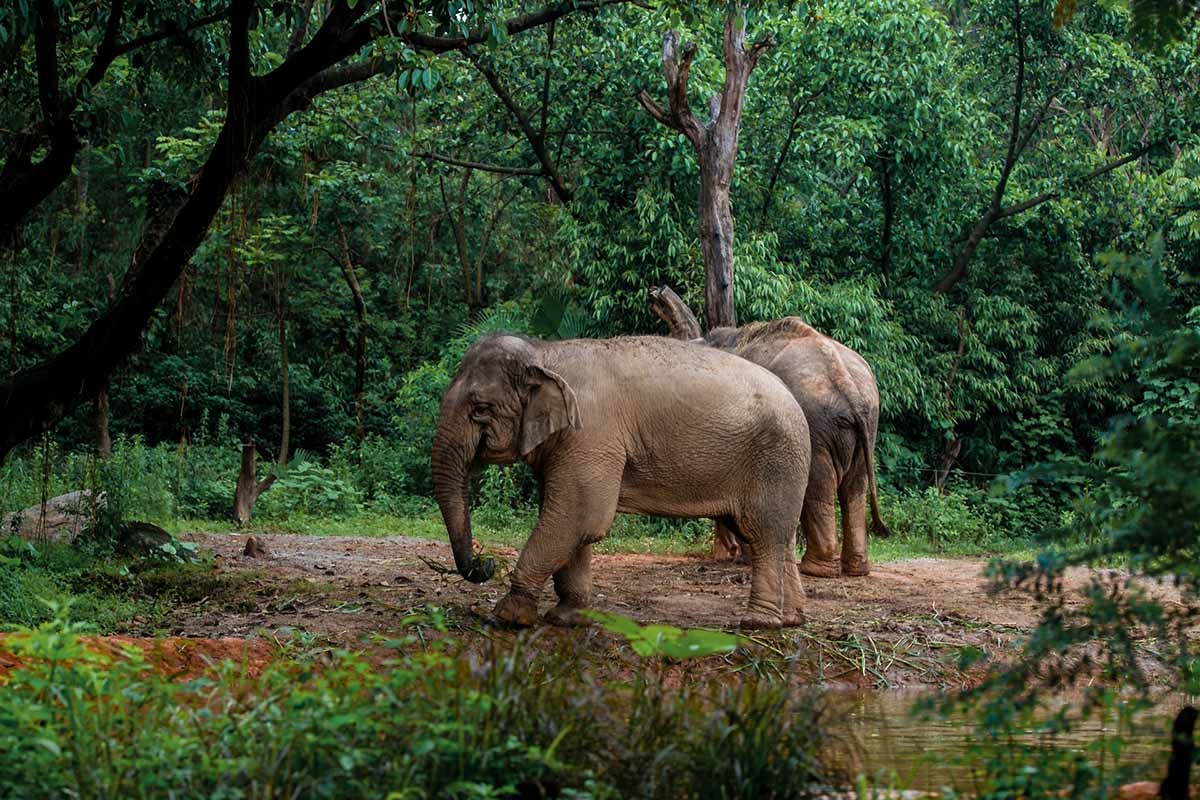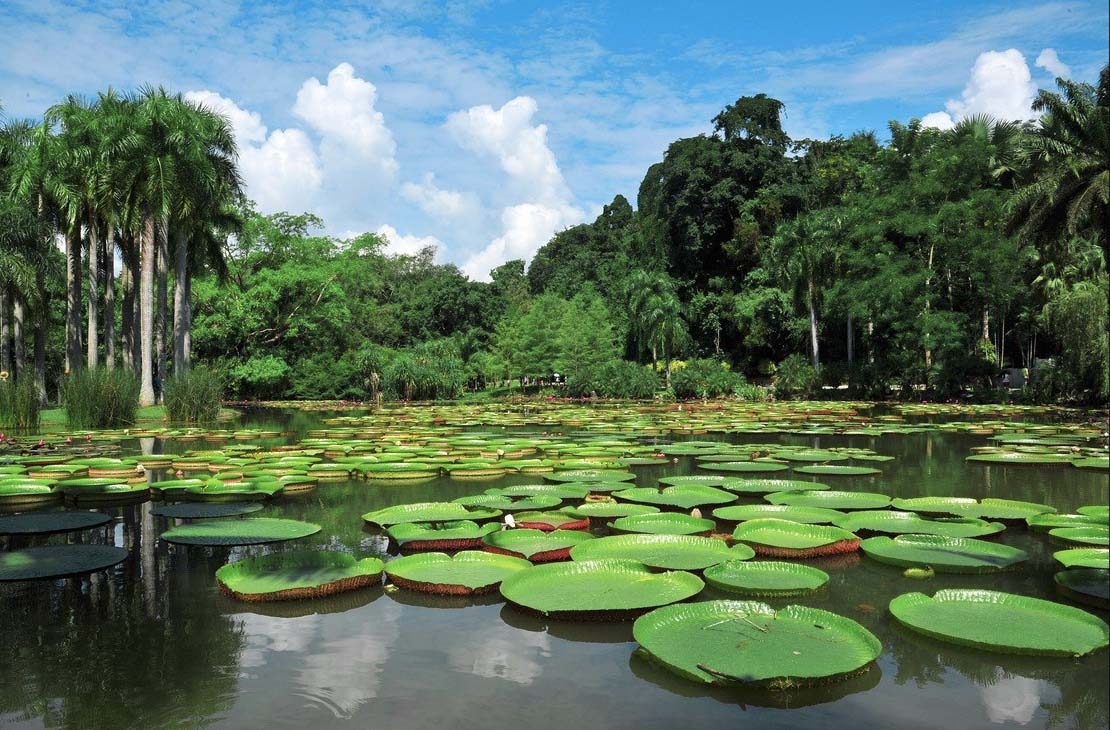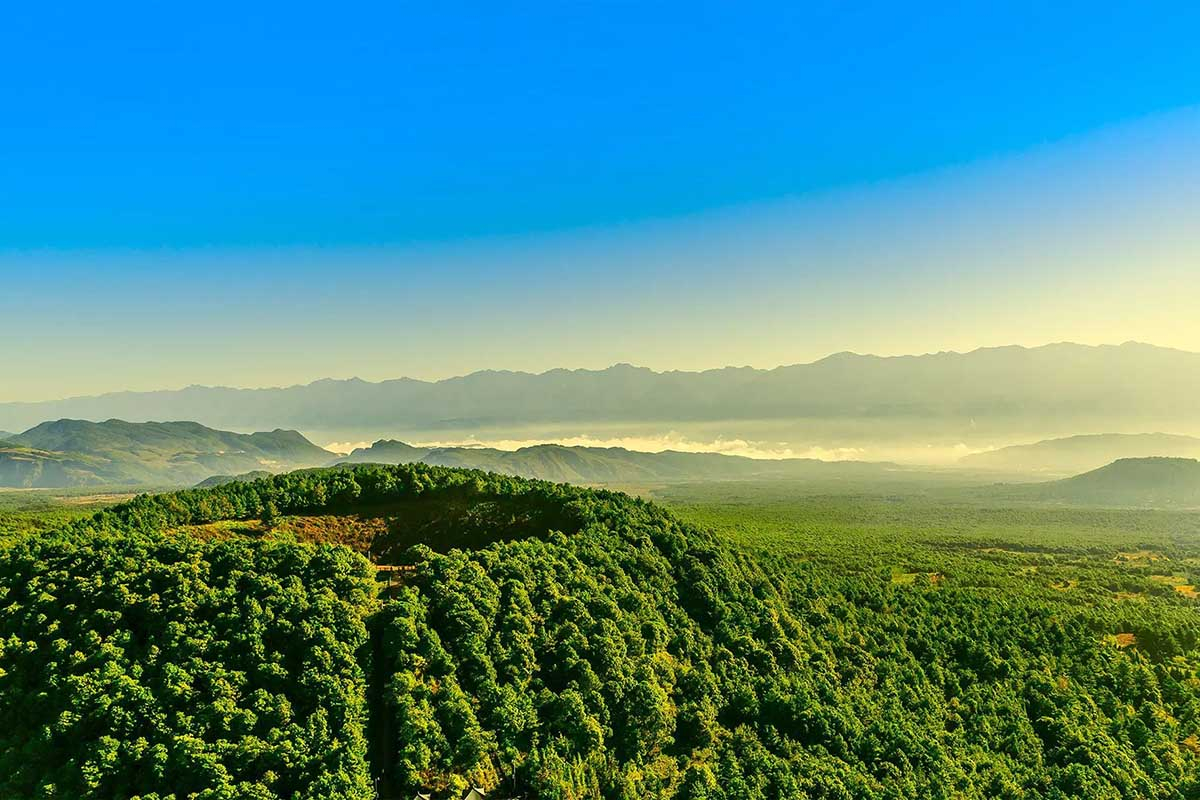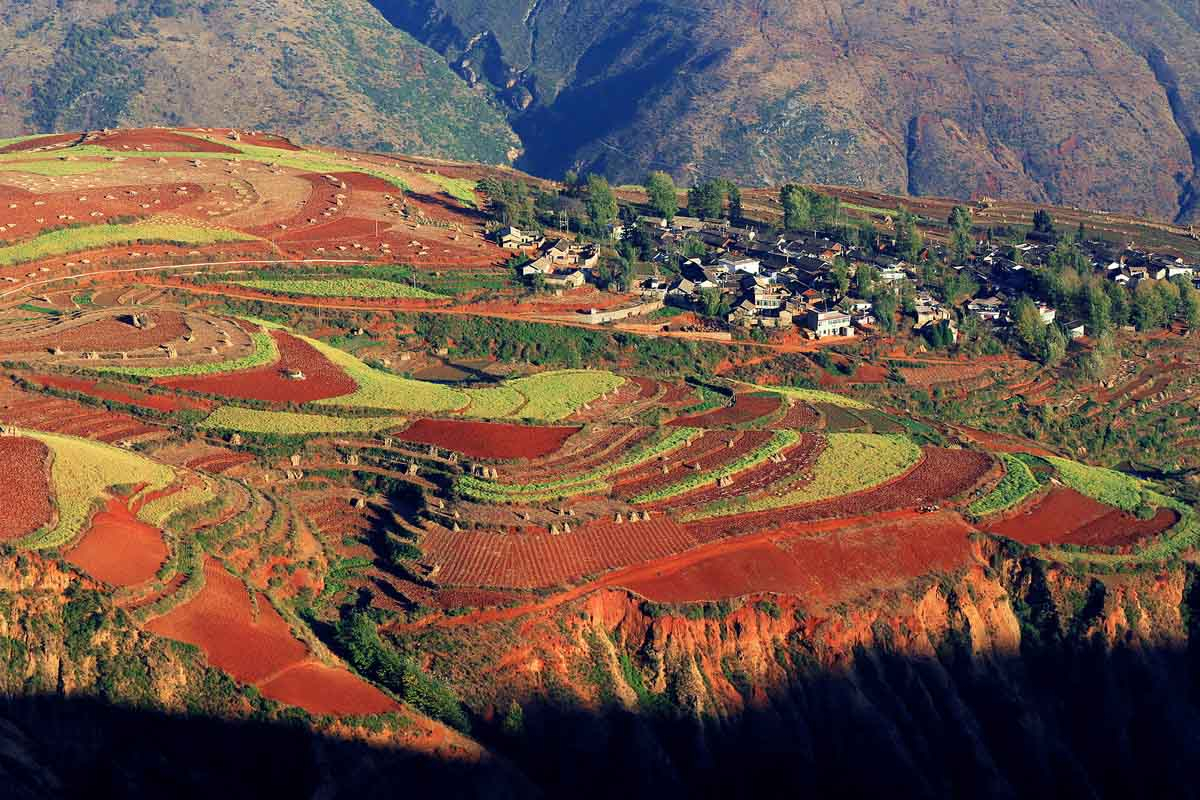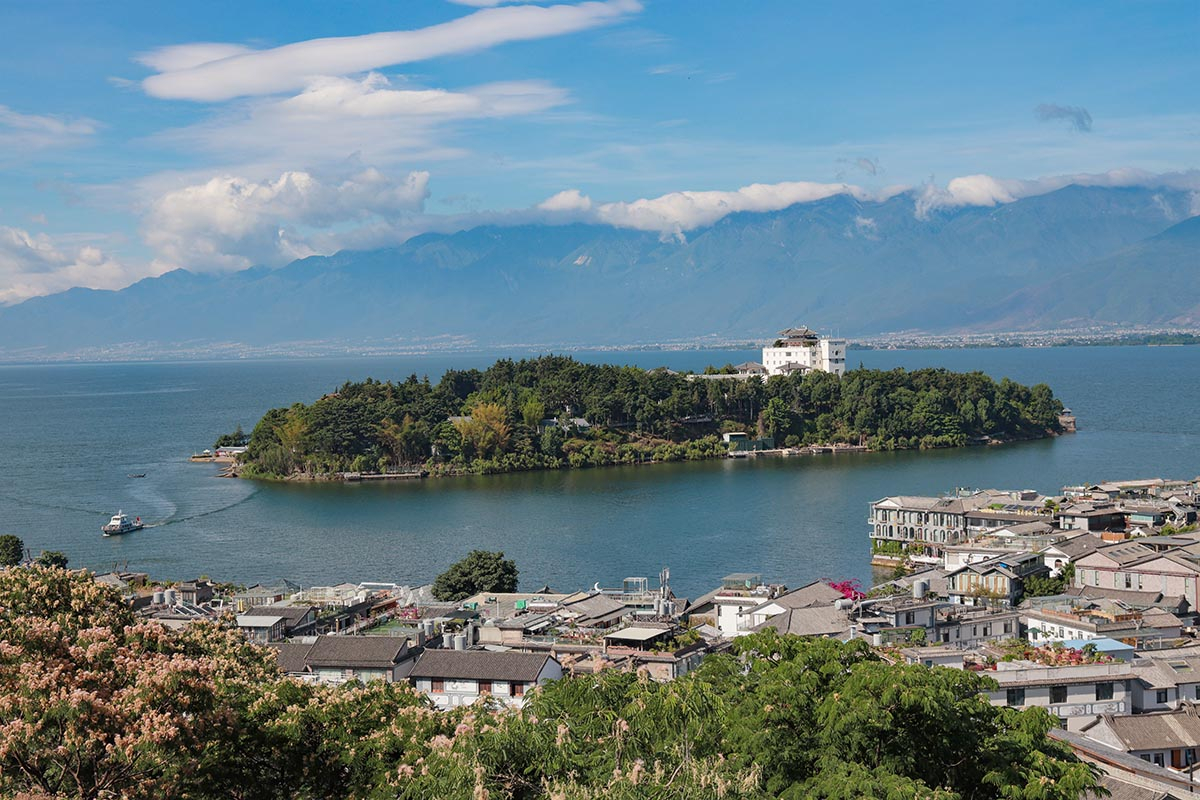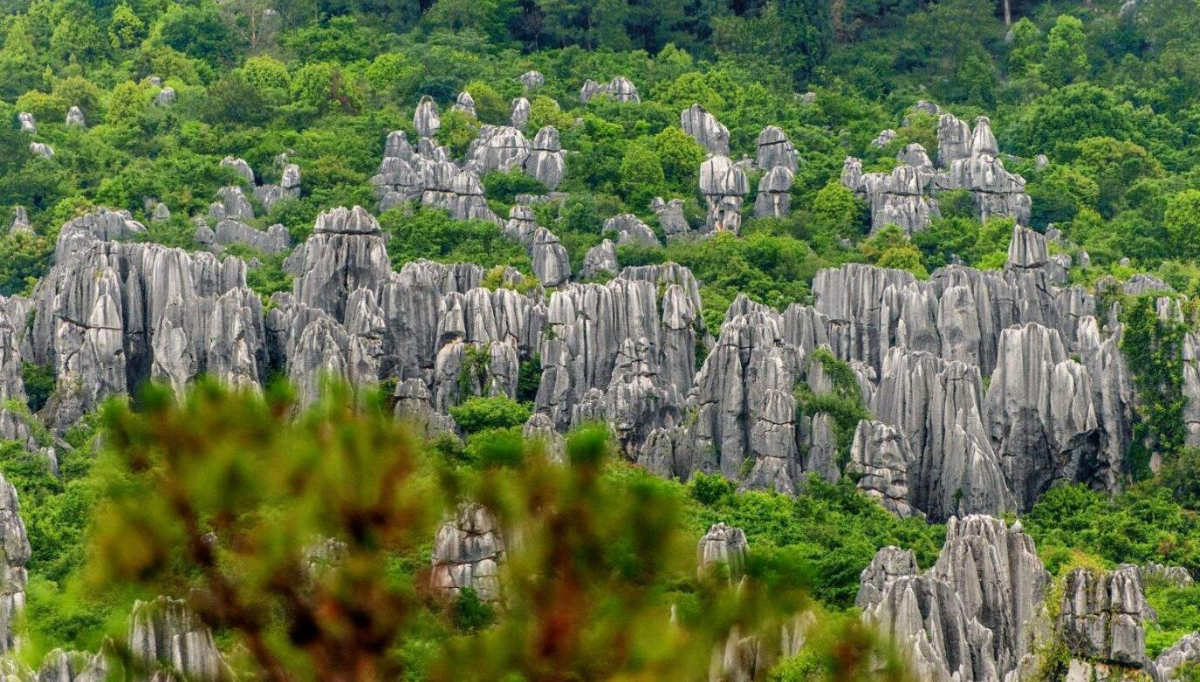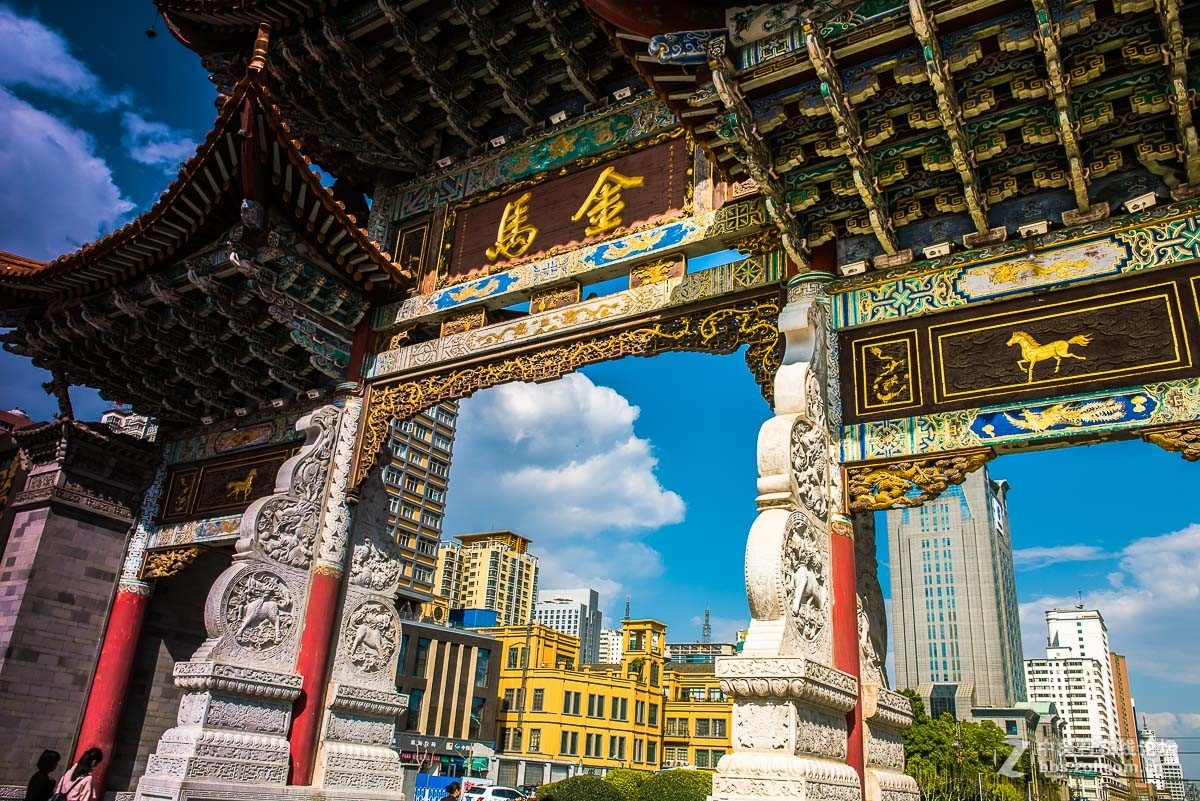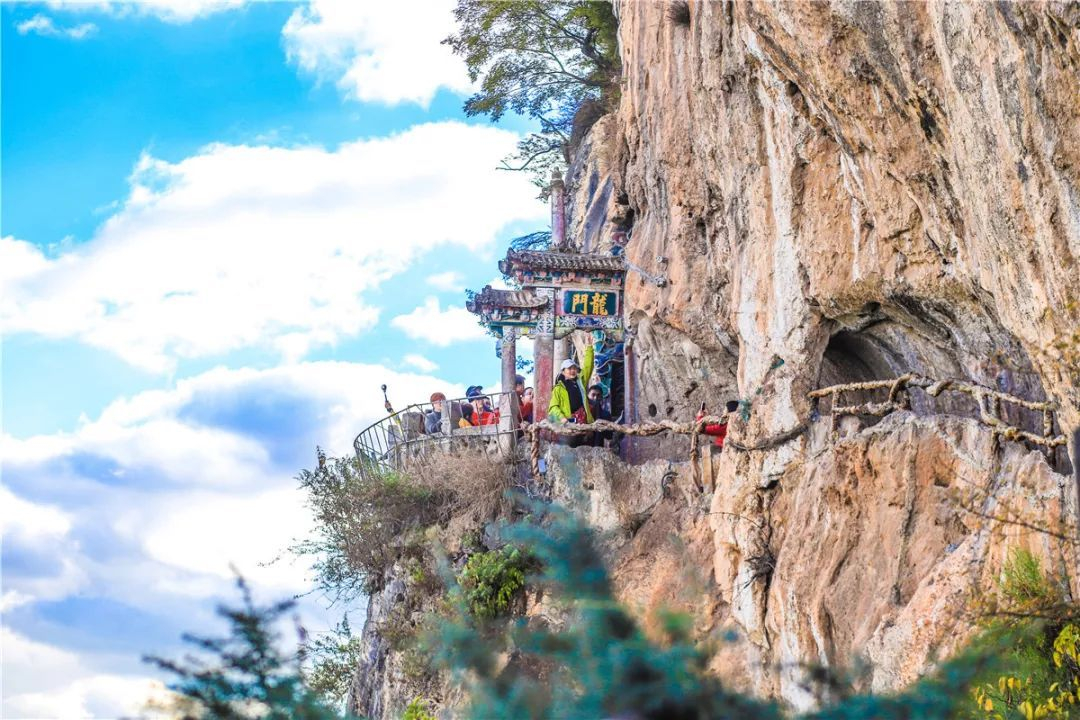Yunnan Honghe Travel Guide
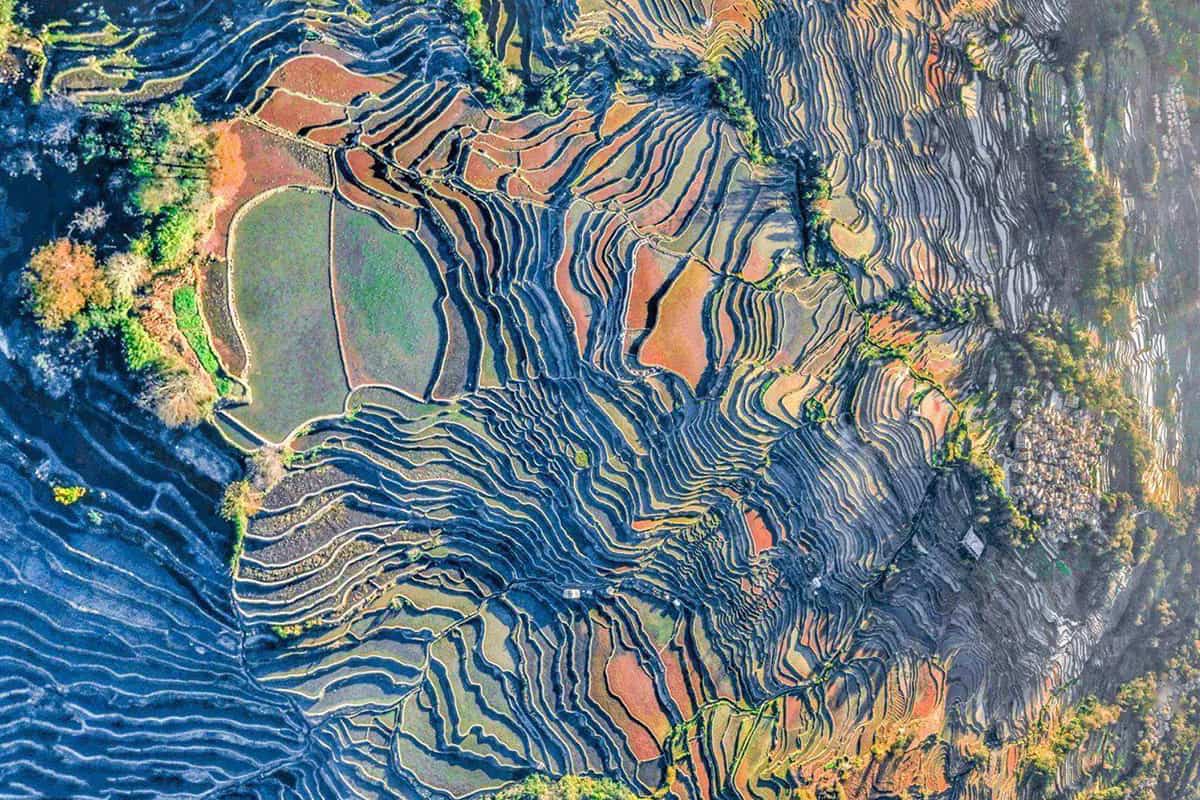
Honghe Hani and Yi Autonomous Prefecture, with its capital in Mengzi City, is one of the 16 prefecture level administrative regions of Yunnan Province. It is located in the southeast of Yunnan Province, bordering Vietnam in the south and traversing the Tropic of Cancer from east to west. Honghe Prefecture covers an area of 32,931 square kilometers, with 4 county level cities, 6 counties and 3 autonomous counties under its jurisdiction. The permanent population is about 4,5 millions. It is a border autonomous prefecture inhabited by multiple ethnic groups, with 10 resident ethnic groups and a population of 2.41 million ethnic minorities.
Honghe Prefecture is home to Mengzi, the political, economic, military and cultural center of southern Yunnan. Gejiu, the tin capital of the world; Jianshui, a famous national historical and cultural city; Shiping, two national ports of Hekou and Jinshuihe; tin culture, ceramic culture and terry-field culture. Honghe is the epitome of Yunnan's economy, society, humanity and nature, the birthplace of Yunnan's modern industry, as well as the land passage and bridgehead for China to ASEAN(The Association of South-east Asian Nations).
● What to do & where to go in Honghe
The popularity of Honghe Hani Prefecture as a tourist destination has shown an upward trend in the last few years. Its beautiful landscape of mountain ranges covered by dense virgin forests is one reason. The spectacular Honghe Hani Rice Terraces in the Yuanyang County are listed as UNESCO World Heritage Sites, which is the second reason for the region’s popularity. The terraces have been an inspiration for many painters, poets, and authors for centuries.
Fossils excavated in the Kiayuan region of Honghe Prefecture has shown evidence that region is one of the birthplaces of humans in China. The discoveries also showed that Jianshui, Gejiu, and Mengzi were prosperous cities and powerful political and cultural centers. Shiping town has a long history of famous literati, whose talent is considered far superior to other writers of China.
● What to eat in Honghe
Local products in Honghe Prefecture are: tin crafts in Gejiu, pottery, Lion Cake, bird's nest cake and typha latifolia in Jianshui. Rice cake, Across the Bridge rice noodle and sweet pomegranate in Mengzi. Six Fruit Liquid in Kaiyuan. Toufu, waxberry, fried fish in Shiping. Tokay wine and litchi in Pingbian. Wine, dry tempeh, Honghe cigarette in Mile. Mayu Tea and Yunwu Tea in Luchun. Dongshan ham in Luxi. Red rice, mango, banana in Yuanyang. Pineapple, banana and and litchi in Hekou, etc.
● Transportation
Railway: Yunnan-Vietnam Railway is a railway connecting Kunming of China and Haiphong port of Vietnam in Southeast Asia (via Hekou, the China-Vietnam port). It is the first railway in southwest China and a meter-gauge railway. The Yunnan-Vietnam Railway was described by The British Daily as the third largest project in the world, comparable to the Suez and Panama Canals. In the middle and late 19th century, the French chose the eastern route and planned its construction. The Vietnam section began construction in 1901 and was completed in 1903. Construction of the Yunnan section began in 1904 and was completed on March 30, 1910. The Yunnan-Vietnam Railway starts at Kunming North Railway Station and ends at Haiphong Railway Station in Vietnam. The total length of the line is 859 kilometers.
Highway: There are more than 6 expressways in the area. Starting from Mengzi, it takes 3 hours to Kunming in the north and the same day to Beihai in Guangxi Zhuang Autonomous Region in the east and other places in Yunnan Province and the country.
● Weather
Honghe Prefecture is located in the low latitude subtropical plateau humid monsoon climate zone. Under the conditions of atmospheric circulation and intricate topography, the climate is diverse and has unique plateau three-dimensional climate characteristics. The four seasons in the prefecture are not very clear, but there is a significant distinction between dry and rain seasons. The rainy season is from May to October every year, the rainfall accounts for more than 80% of the annual rainfall. The period of continuous rainfall intensity is mainly concentrated in June to August, and the spatial and temporal distribution is very uneven. According to statistics in the past 10 years, in mountainous areas above 2,000 meters, the annual average temperature is 16.3℃, the extreme temperature is -9.0 and 31.5℃. The average annual rainfall is 2,026.5 mm, and the general maximum annual rainfall is 2,508.1 mm. The max
- HOTEST
- RECOMMEND
